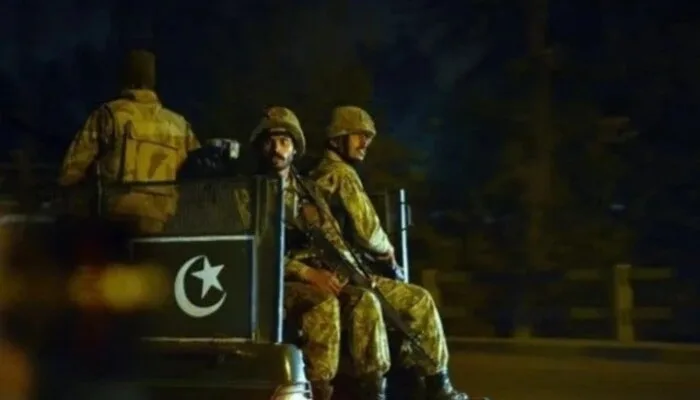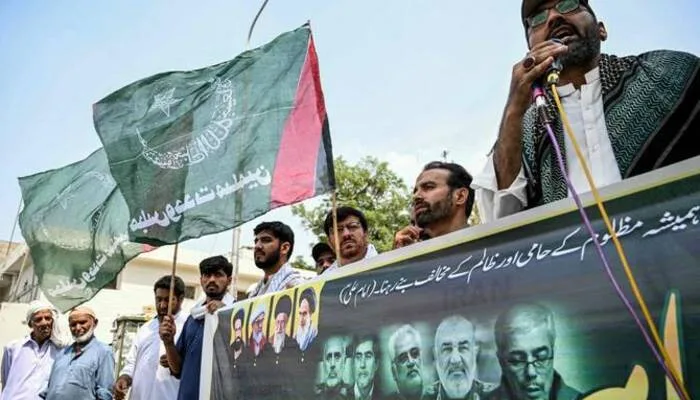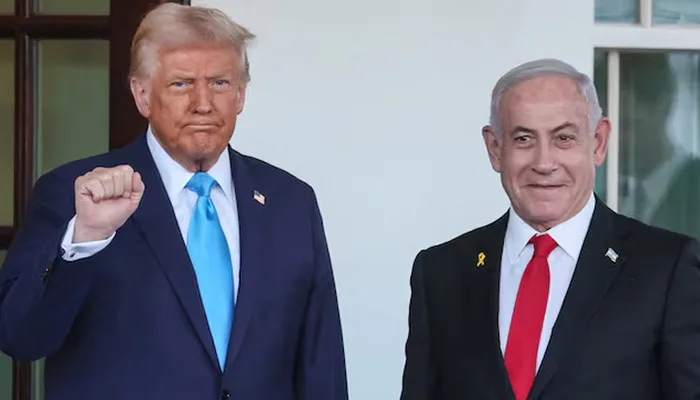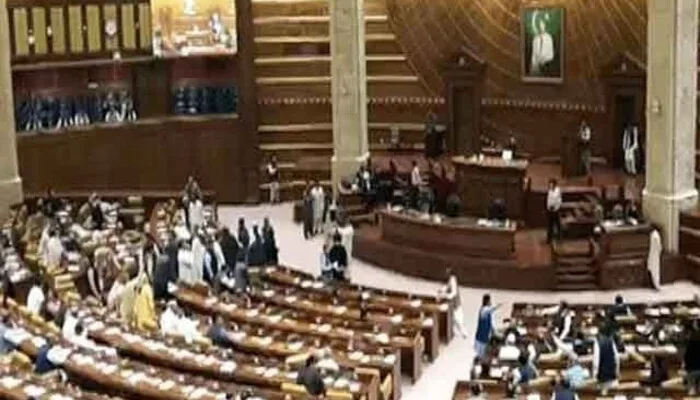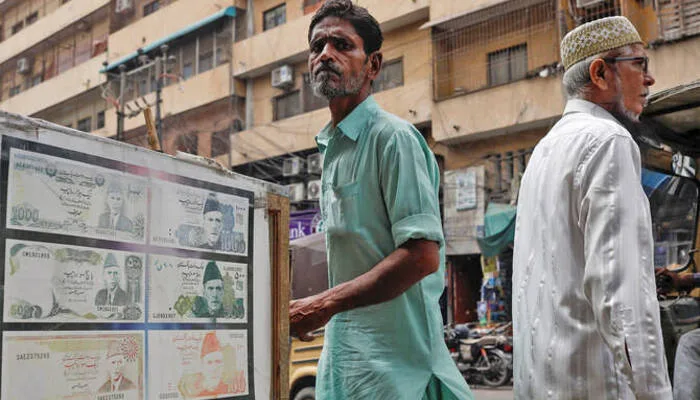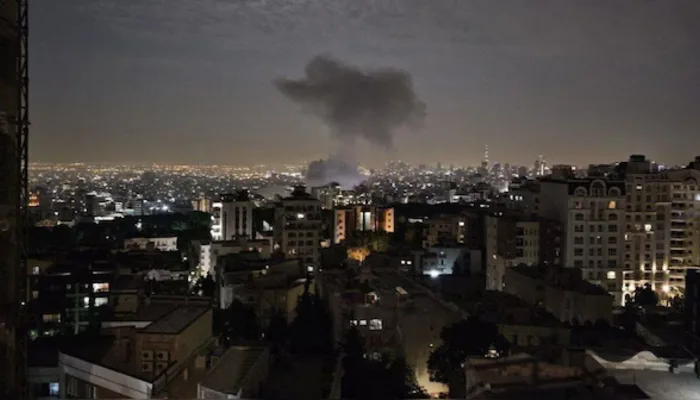
As tensions between Israel and Iran escalate, the question of civilian protection becomes more urgent. While Israel is known for its advanced missile defense systems and early warning alerts, not all of its citizens enjoy equal levels of safety. Israeli journalist Gideon Levy, speaking to Al Jazeera, shed light on the stark differences in protection between Jewish-majority areas and marginalized communities, especially Palestinian citizens of Israel and Bedouins.
Let’s explore how protected Israeli civilians are from aerial attacks, why disparities exist, and what the broader consequences of these unequal defenses could mean for the country.
Advanced Defense Systems and Early Warning Networks
Israel’s reputation for technological and military preparedness is well known. From the Iron Dome to advanced radar systems and alarm networks, the country has heavily invested in civilian protection over the years.
59 Palestinians Killed in Gaza; Israeli Forces Fire on Aid Seekers
According to Gideon Levy, most Israelis feel relatively secure during attacks because of highly effective alarm systems. “This time, we get alarms much before the siren. We can prepare ourselves,” Levy said. These systems allow citizens in major cities like Tel Aviv to move to safety long before a missile actually strikes.
In newer buildings across central and southern Israel, shelters are built into the construction, often referred to as “mamad” (protected space). Public shelters are also widely available in urban Jewish-majority areas, which makes it easier for residents to seek cover quickly during rocket attacks.
This level of preparedness gives many Israelis a sense of protection that is not found in many conflict zones around the world. However, this experience is not universal within Israel’s borders.
Palestinian Citizens and Bedouin Communities Left Vulnerable
Despite Israel’s technological prowess, protection from air attacks is not equally distributed. Palestinian citizens of Israel and Bedouin communities often lack access to the same safety infrastructure.
In the town of Tamra in northern Israel, home to around 35,000 predominantly Palestinian citizens, there are no bomb shelters. Just a few kilometers away, in a Jewish village of merely 1,000 residents, multiple shelters are in place. This contrast highlights the systemic inequality in how the state allocates resources for civilian protection.
The consequences of this disparity are devastating. In Tamra, at least four people were killed when an Iranian missile struck the area on Sunday. “This is not just about logistics; it reflects a deeper social and political neglect,” Levy emphasized.
Many Bedouin villages, particularly in the Negev (Naqab) desert region, are also frequently overlooked. Some are unrecognized by the state and therefore receive minimal public services, including protective infrastructure. In times of war or missile attacks, these communities are left to fend for themselves, often with no alarm systems, warning apps, or emergency plans in place.
Can Israel Endure a Long War?
Levy noted that while Israel can manage several days of conflict, the long-term emotional and psychological toll could be significant—especially if the missile barrages continue. “I think that the more nights like this will take place, Israelis will start to not only be tired and frightened, but then we finally start to ask, is it worth it? And where are we heading to?” he asked.
Unlike past wars in Gaza or conflicts with Hezbollah in Lebanon, the direct impact on Israeli civilians now seems heavier. The sense of immunity many Israelis once had is beginning to erode as attacks reach deeper into the country’s heartland. Public frustration is growing, not only with the threat from outside but also with the unequal treatment of different populations within.
If conflict drags on, Levy warned, social cohesion could weaken. Resentment may grow among communities that feel less protected, while support for the government’s military strategies could begin to crumble. The reality that “some lives are more protected than others” may become harder to ignore.
Follow us on Facebook and Instagram




